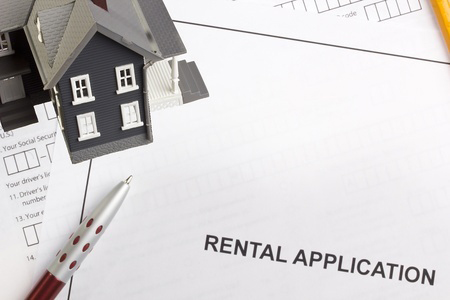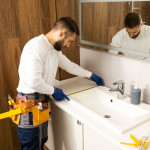Are investment property upgrades considered to be repairs or improvements?
 Landlords take note: Effective this year, the Internal Revenue Service (IRS) has implemented new rules that determine whether upgrades to an investment property can be deducted in a single year on your tax filing or depreciated over many years.
Landlords take note: Effective this year, the Internal Revenue Service (IRS) has implemented new rules that determine whether upgrades to an investment property can be deducted in a single year on your tax filing or depreciated over many years.
How can you tell the difference? Your accountant or tax adviser likely will take a look at these guidelines:
The BAR test:
Improvements must be depreciated and fall into three general categories – betterment, adaptation and restoration, also known as BAR. Factors to evaluate include the condition of a property before and after damage occurred in a storm or other weather event, and the time period that elapsed between fixes to normal wear and tear.
Betterments include upgrades that address a material condition or defect, those that expand or extend the property, and those that increase the property’s strength or quality.
Adaptations are changes intended to turn the property into a new or different use from when the property was placed into service.
Restorations include replacements of substantial structural parts or major components, like-new rebuilding of property whose economic useful life has ended and conversion of property in disrepair to “ordinarily efficient operating condition”
The Unit of Property test:
The IRS divides properties into nine units of property, also know as UOPs. On one hand, repairs to the entire building and structural components likely will constitute a deduction. On the other hand, repairs to building systems such as plumbing and electricity likely will need to be depreciated. Confused? You aren’t alone. The new rules are creating a lot of confusion. This is definitely one area that you’ll want to consult a tax professional!







